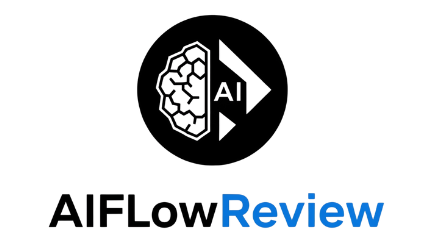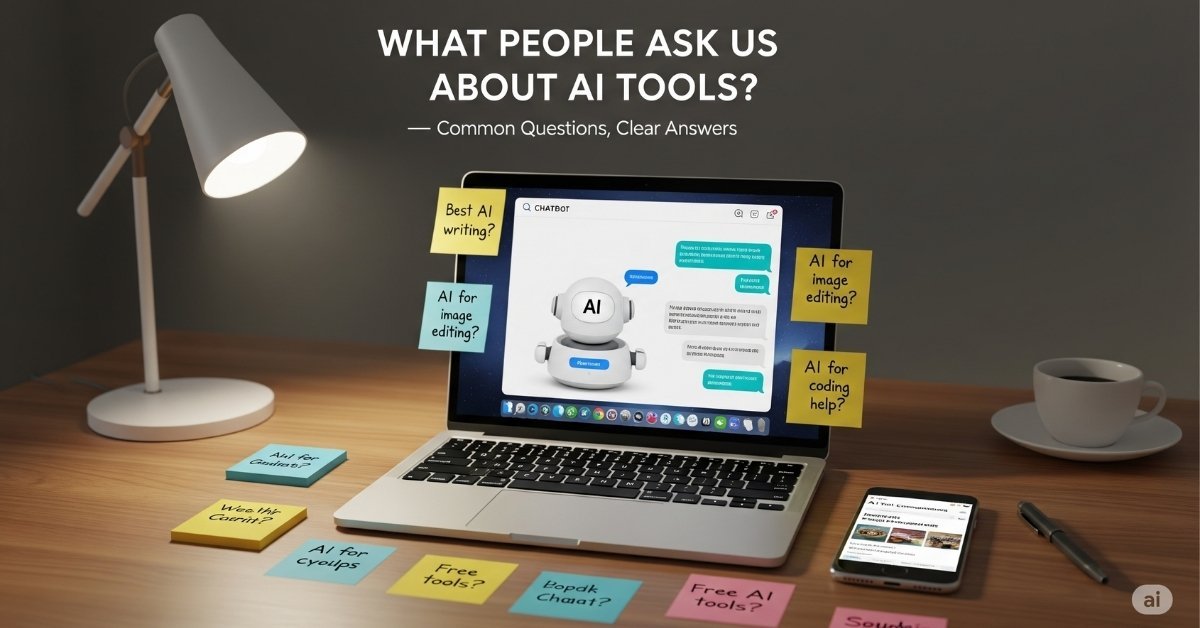Artificial Intelligence (AI) tools have exploded in popularity in recent years, transforming the way people write, design, code, market, and even run their businesses. While these tools can be incredibly powerful, they also raise a lot of questions for first-time users and even seasoned professionals. At AI Flow Review, we’ve compiled answers to the most common and important questions people ask us about AI tools—so you can make informed decisions without getting lost in the hype.
Whether you’re trying to figure out if AI can help your workflow, how much you should spend, or what risks to watch for, you’ll find clear, practical insights here. Let’s break it down.
Understanding AI Tools
AI tools are software applications that use artificial intelligence to perform tasks normally requiring human intelligence—like generating text, analyzing data, recognizing images, or making predictions. They’re built to save time, reduce manual work, and improve accuracy. But, just like any other technology, AI tools are not one-size-fits-all.
How Do AI Tools Work?
AI tools rely on algorithms, large datasets, and machine learning models to produce outputs. For example, a text-generation AI like ChatGPT uses natural language processing (NLP) to understand prompts and generate human-like responses. Similarly, AI image generators use computer vision models to create visuals from text descriptions.
The quality of an AI tool’s output depends on three things:
The size and quality of its training data – More diverse, high-quality data usually means better results.
The model’s design – Some models are better at certain tasks than others.
User input – A clear, specific prompt usually produces better results than a vague one.
Are AI Tools Always Accurate?
No. AI tools can be powerful, but they can also make mistakes—sometimes very confidently. This is why human oversight is essential. A smart approach is to treat AI as an assistant, not a replacement. Use it to speed up your work, but verify important information before publishing or acting on it.
Choosing the Right AI Tool
With so many AI tools on the market, picking the right one can be overwhelming. The best choice depends on your goals, budget, and technical skills.
What Should I Consider Before Buying?
Before committing to an AI tool, ask yourself:
Purpose: Is it for writing, design, marketing, automation, coding, or something else?
Ease of use: Does it have a clean interface and good documentation?
Integration: Can it connect with the software you already use?
Pricing: Is it a one-time fee, subscription, or pay-as-you-go?
Support & community: Is there reliable customer service or a strong user base?
Do Free AI Tools Work Well?
Some free AI tools are surprisingly good, especially for light or occasional use. However, they often come with limitations like lower-quality outputs, slower performance, or limited features. If AI will be a big part of your workflow, investing in a paid tool usually pays off in time saved and improved results.
Costs and ROI of AI Tools
One of the most common questions we get is: “Are AI tools worth the money?” The answer depends on your situation.
How Much Should I Expect to Pay?
Prices range widely:
Free tier – Basic features with usage caps.
$10–$50/month – Great for freelancers or small teams.
$50–$200/month – More advanced features for agencies or businesses.
Enterprise plans – Custom pricing for large organizations.
Can AI Tools Really Save Me Money?
Yes—if you use them strategically. For example:
A content writer might produce twice as much work in the same time.
A marketing team could automate repetitive campaigns.
A designer could generate quick mockups without outsourcing.
However, if you buy an AI tool and rarely use it, it becomes an unnecessary expense.
Risks and Limitations
While AI tools can be game-changing, they also have downsides you should consider.
What Are the Main Risks?
Accuracy issues – AI can produce incorrect or biased results.
Data privacy – Some tools store user input, so sensitive information should be avoided.
Over-reliance – Depending too much on AI can reduce your own skill development.
How Can I Use AI Responsibly?
Follow best practices:
Double-check important outputs.
Use AI to assist, not replace, your expertise.
Respect copyright and ethical guidelines.
Other Opportunities with AI Tools
Beyond basic usage, AI tools open up additional ways to generate income and provide value.
Can I Sell Digital Products Made with AI?
Yes. You can create eBooks, templates, stock photos, music, or other digital assets using AI tools—just make sure you comply with each platform’s terms of service and any relevant copyright laws.
What About Offering Classes or Consultations?
If you’re skilled at using certain AI tools, you can teach others through workshops, courses, or one-on-one sessions. This can be especially lucrative if you focus on specific niches, like AI for marketing, AI in design, or AI for coding.
Your Next Move in the AI Landscape
Navigating the AI tools market can feel overwhelming, with hundreds of platforms competing for your attention. But with a clear understanding of how affiliate links, display ads, sponsored content, and other monetization methods work, you can make informed decisions about which recommendations to trust.
At AI Flow Review, our mission is simple — provide unbiased, data-driven, and experience-backed reviews so you can focus on finding the tools that truly make an impact on your work and business. Whether you’re here to explore new AI solutions or double-check a purchase decision, your journey starts with the right information — and we’re here to guide you every step of the way.

